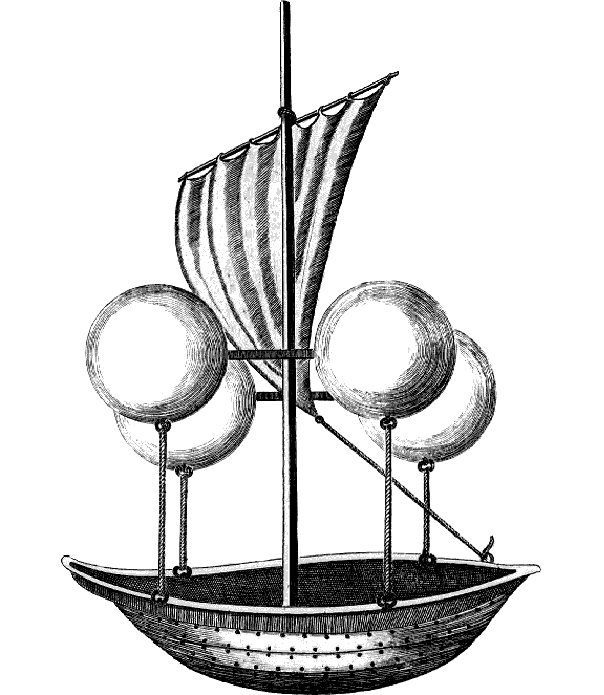Diamonds can be classified as one of four types (Type Ia, Type Ib, Type IIa and Type IIb) according to the impurities that they contain. These impurities lend colour to the diamond, (though this colour can be artificially enhanced, for example by treating with ionising radiation).

Type Ia diamonds are most common, making up about 98% of all natural diamonds. They contain small concentrations (0.3%) of nitrogen impurities. Type IaA diamonds contain pairs of nitrogen atoms, and are therefore colourless, and Type IaB diamonds contain large “clumps” of nitrogen atoms and absorb blue light, giving them a pale yellow/brown colour depending on the concentration of nitrogen.
Type Ib diamonds make up about 0.1% of natural diamonds, and contain a much lower concentration (0.05%) of nitrogen impurities, with the impurities clustered rather than widespread as in Type Ia diamonds. They absorb both blue and some green light, giving them a stronger yellow or brown colour. Synthetic diamonds are generally of Type Ib.
Type IIa diamonds (2% of natural diamonds) contain almost no impurities at all, and are therefore usually colourless.
Type IIb diamonds (0.1% of natural diamonds) contain almost no nitrogen impurities, but do contain significant quantities of boron which yields a light blue or grey colour. They are among the most expensive gem diamonds due to their rarity.
During the formation of any type of diamond a deformation of the lattice of carbon atoms that makes up the diamond can occur, which can lead to a wide range of colourings: red, pink, orange, yellow, brown and purple. This colouring can be removed by treating the diamond with high temperatures and pressures to remove the deformation, but this is often not done to retain the “fancy” colouring, which can demand the highest prices.
